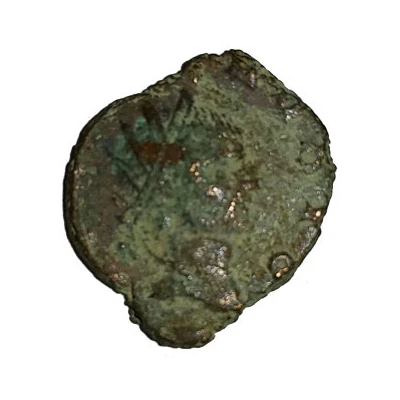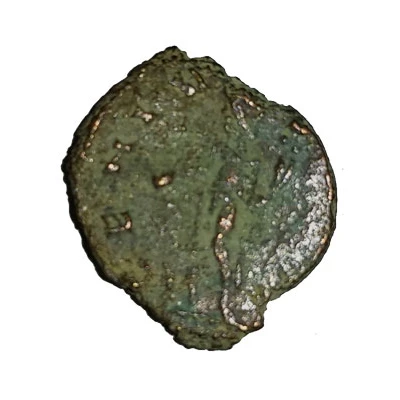


© pejounet (CC BY-NC-SA)
Antoninianus - Gallienus Genius reverse
| Silver | 4 g | 21 mm |
| Issuer | Rome › Roman Empire (27 BC - 395 AD) |
|---|---|
| Emperor | Gallienus (Publius Licinius Egnatius Gallienus) (253-268) |
| Type | Standard circulation coin |
| Years | 260-268 |
| Value | Antoninianus (1) |
| Currency | Antoninianus, Reform of Caracalla (AD 215 – 301) |
| Composition | Silver |
| Weight | 4 g |
| Diameter | 21 mm |
| Thickness | 3 mm |
| Shape | Round (irregular) |
| Technique | Hammered |
| Orientation | Coin alignment ↑↓ |
| Demonetized | Yes |
| Updated | 2024-10-05 |
| Numista | N#103288 |
|---|---|
| Rarity index | 93% |
Reverse
Genius standing left capped with modius, nude but for chlamys over left shoulder, holding patera in right hand and cornucopiae in left hand; sometimes ensign at right; sometimes altar at feet.
No officina mark or officina mark "Q" or "V" or "VI" in a field or in exergue.
Script: Latin
Lettering:
GENIO AVG
or GENIV AVG
or GENIVS AVG
Translation: Genius Augustus (Spirit of the August)
Edge
Plain
Comment
Minted in Rome, except for Cohen#290 with type G var Syr. bust listed as a Syrian strike, during the sole reign of Gallienus between 260 and 268; RCV narrows the strike dates to 262-263.RIC lists all varieties under one single reference (#197) while Cohen lists almost all varieties separately.
RCV lists two references given reverse lettering: #10221 for GENIO, and #10222 for GENIV or GENIVS.
Interesting fact
The Antoninianus coin, which was issued during the reign of Gallienus (260-268 AD), was the first Roman coin to feature a portrait of the emperor on one side and a deity on the other. This was a significant departure from previous Roman coins, which typically featured images of gods and goddesses or personifications of abstract concepts like liberty or victory. The use of the emperor's portrait on coins became a standard feature of Roman coinage from this point forward, reflecting the growing power and authority of the emperor in Roman society.